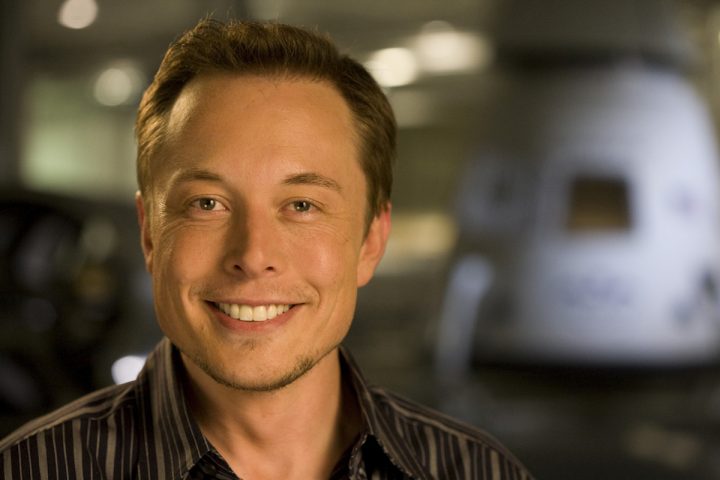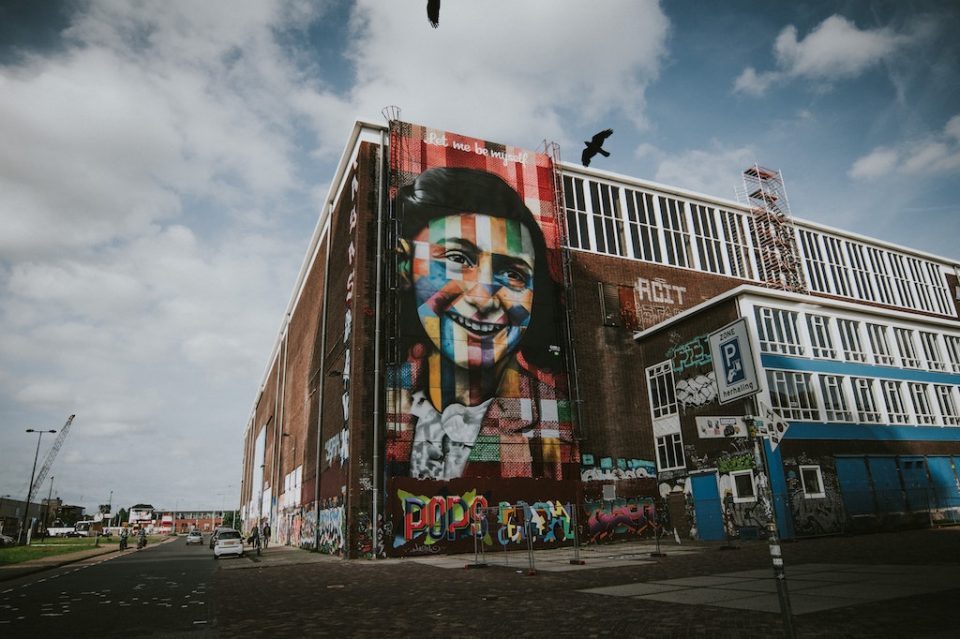Elon Musk: An entrepreneur that wants to redefine the future

The impact of paper on daily life: #LookingForYou Campaign
April 20, 2017
Conflict Management: Thomas-Kilman Conflict Mode Instrument
April 27, 2017
I think that’s the single best piece of advice: constantly think about how you could be doing things better and questioning yourself.
Elon Musk
Elon Musk is an entrepreneur who wants to redefine the future. From PayPal, to Tesla and SpaceX, he is a man with a plan for humanity.
Musk – and the interior of his Space Exploration Technologies business – had a small cameo in the second Iron Man movie; an involvement that began when Iron Man director Jon Favreau and actor Robert Downey Jnr’s were looking for insight in their development of the character of Tony Stark.
Favreau has said: “It was this idea of this guy who could make anything happen. Which is Elon, you know? …he likes to say engineering is the closest thing to magic, and he really believes that.”
A force for good
It is clear Musk sees these disruptive technologies as a force for good, reminiscent of the vision, engineering and the personal investment of the great industrialists who transformed society in the 19th century.He told Edison Electric Institute’s 2015 annual convention:
“I don’t think we should disrupt things unless it’s…fundamentally better for society, I’m not really a fan of disruption; I’m just a fan of things being better.”
A life of achievements
At the age of 12, Elon Musk sold his first piece of software; a video game called Blastar. When he founded X.com in March 1999, the online financial services and email payment company that would become PayPal, he had already created and sold one internet business; an internet city guide called Zip2 which he had started with his brother Kimbal – and for which he received $22 million.
However, it was the money that he would receive from the sale of PayPal that would be the real game changer; when it was acquired by eBay in October 2002, Musk netted $165 million. This is the money that would allow him to really explore the possibilities of his ambitions in terms of space exploration and sustainable living.
By then he was already talking about creating a “Mars Oasis” and had founded SpaceX in May 2002.
In 2004, he joined Tesla motors as its Chairman, assuming leadership of the company during the financial crisis of 2008 – the same year it bought its first electric vehicle, the Tesla Roadster, to market.
In 2006, Musk provided the start-up capital for SolarCity, now the second largest supplier of solar power systems in the United States. It began collaborating with Tesla in 2012 to develop electric vehicle batteries.
But perhaps the most wacky of all his ideas is the Hyperloop high-speed transportation system Musk unveiled in 2013, in which pressurised capsules ride on an air cushion along pressurized tubes.
In 2017, he started building a tunnel in which the Hyperloop could run.
Up to Mars
But this is to downplay the preposterousness of starting a private spaceflight company in the doldrums of America’s moribund space industry, or the ambition of creating a vehicle that could go some way in breaking the nation’s disastrous addiction to fossil fuels.
It all seems more Willie Wonka than Iron Man – only Musk’s inventing room is experimenting in transportation, not candy. With SpaceX as his great glass elevator.
And yet SpaceX has gone on to launch the first privately funded liquid-fuelled rocket to reach orbit (Falcon 1 Flight 4 — September 28, 2008), the first privately funded company to successfully launch, orbit, and recover a spacecraft (Falcon 9 Flight 2 — December 9, 2010) and the first private company to send a spacecraft to the International Space Station (Falcon 9 Flight 3 — May 25, 2012).
Musk did build rockets as a kid, but admits to never thinking he would be involved in it as a day job.
In a 2013 TED talk, he credits his success to hard work and the application of Physics – taking a counterintuitive approach – and paying attention to – even, soliciting – negative feedback.
Perhaps if it were anyone else, you wouldn’t take his ambitions to create a human colony on Mars quite so seriously. He has said in the past:
“There are two reasons to go to Mars. One is defensive, as a form of life insurance, of preserving life, which we know can be wiped out by catastrophic events. And the other is that it will be the greatest adventure ever. I personally am motivated more by the second.”



